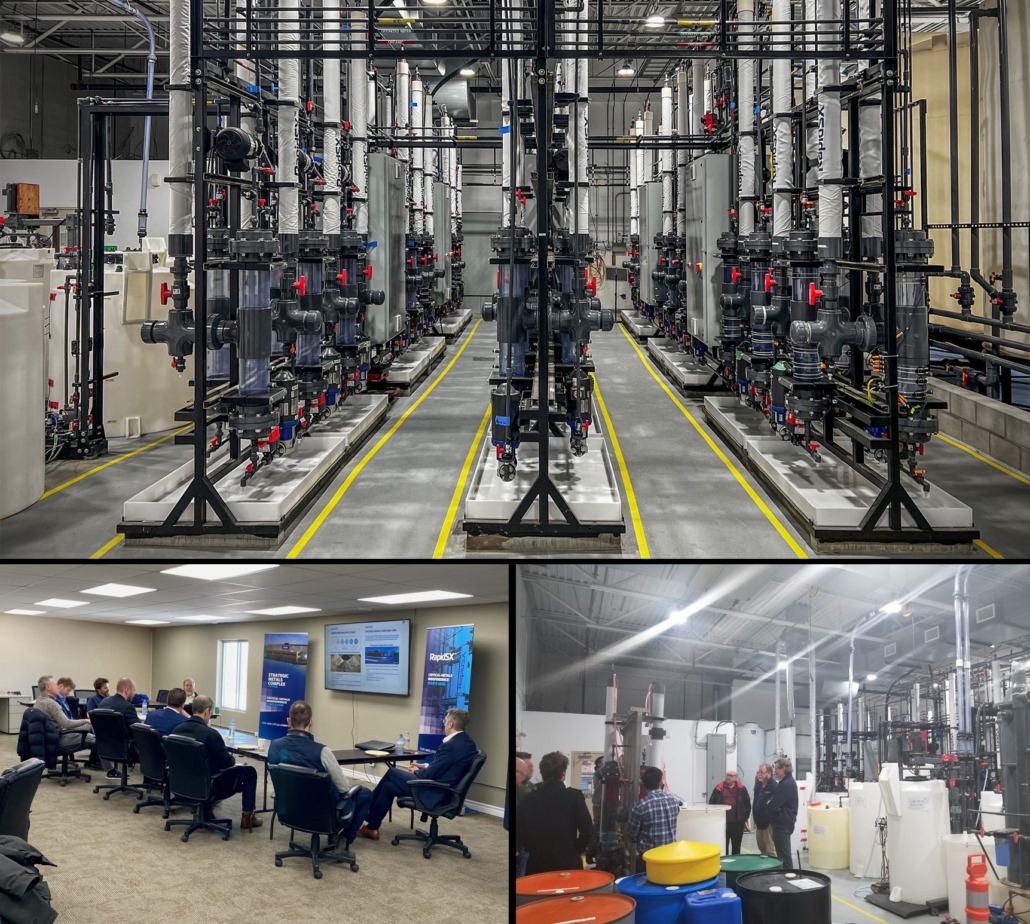Defense Metals Corp. (TSXV: DEFN | OTCQB: DFMTF) and Ucore Rare Metals Inc. (TSXV: UCU | OTCQX: UURAF) have entered into a non-binding Memorandum of Understanding (MOU) to explore joint efforts in establishing a North American rare earth element (REE) supply chain. As a significant step under this MOU, Defense Metals will send a mixed rare earth carbonate sample from its Wicheeda REE project in British Columbia to Ucore’s RapidSX™ Commercialization and Demonstration Facility (CDF) in Kingston, Ontario.
The Wicheeda REE Project, owned entirely by Defense Metals, is positioned approximately 80 km northeast of Prince George, British Columbia. The project is noted for its accessibility and proximity to necessary infrastructure like power transmission lines, gas pipelines, and transportation routes to major ports.
Craig Taylor, CEO of Defense Metals, remarked on the importance of the Wicheeda project as a source of REE in North America. He emphasized the growing demand for REE feedstock, particularly as more processing and separation facilities become operational. This shipment to Ucore’s demonstration plant is part of the company’s broader strategy to participate in the Western REE supply chain.
SGS Canada Inc. in Lakefield, Ontario, is tasked with shipping the sample to Ucore’s CDF. This sample was produced during 2023 hydrometallurgical piloting test work, which was based on a concentrate from earlier flotation pilot plant testing of a 26-tonne bulk sample from the Wicheeda Property.
Pat Ryan, P.Eng., Chairman and CEO of Ucore, highlighted the strategic significance of collaborating with Defense Metals. The MOU outlines how Defense Metals’ REE resource can be processed and refined using Ucore’s RapidSX™ technology. Ryan noted that receiving the mixed rare earth carbonate sample at the Kingston CDF would initiate evaluations of potential collaborative projects between the two companies.
Ucore’s efforts in REE separation and purification include commercial demonstration projects at its CDF in Kingston. These projects aim to separate heavy and light REEs and are part of Ucore’s broader plan to commercialize its RapidSX™ technology. Ucore is also developing a commercial REE processing plant in Alexandria, Louisiana, known as the Louisiana Strategic Metals Complex (SMC), in collaboration with the US Department of Defense and the Government of Canada.




Leave a Reply